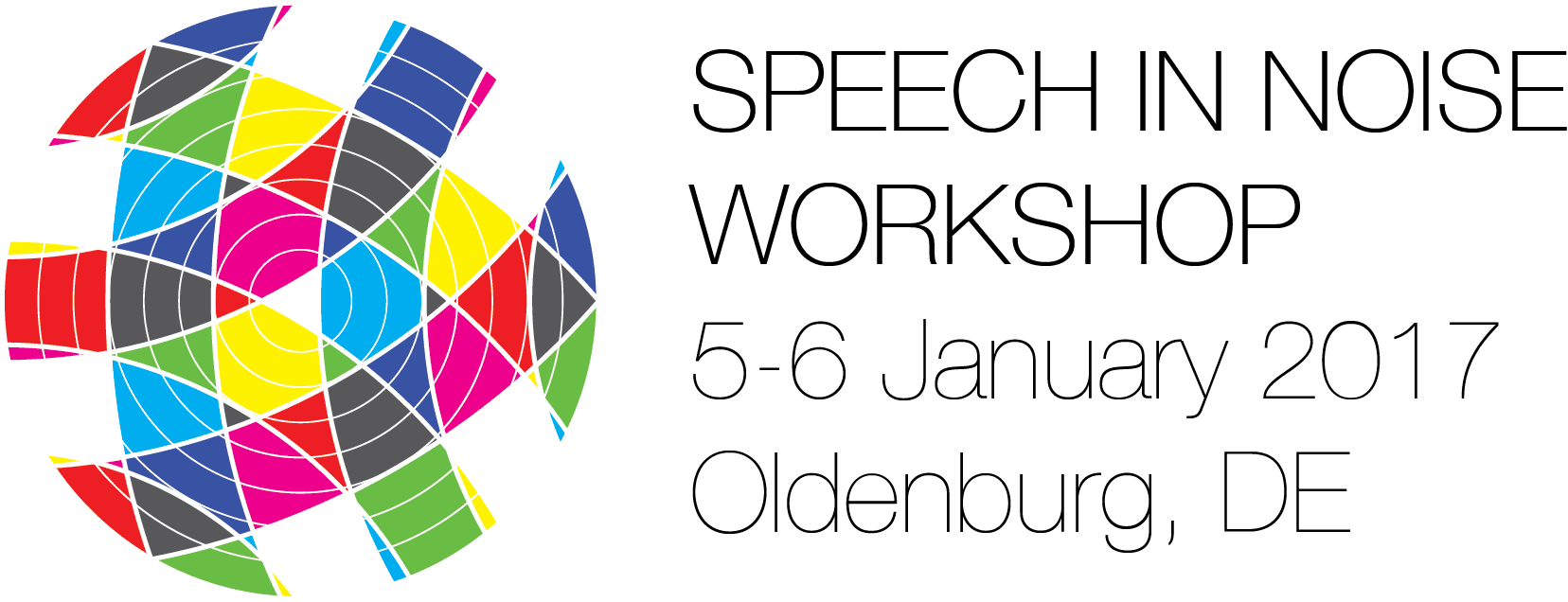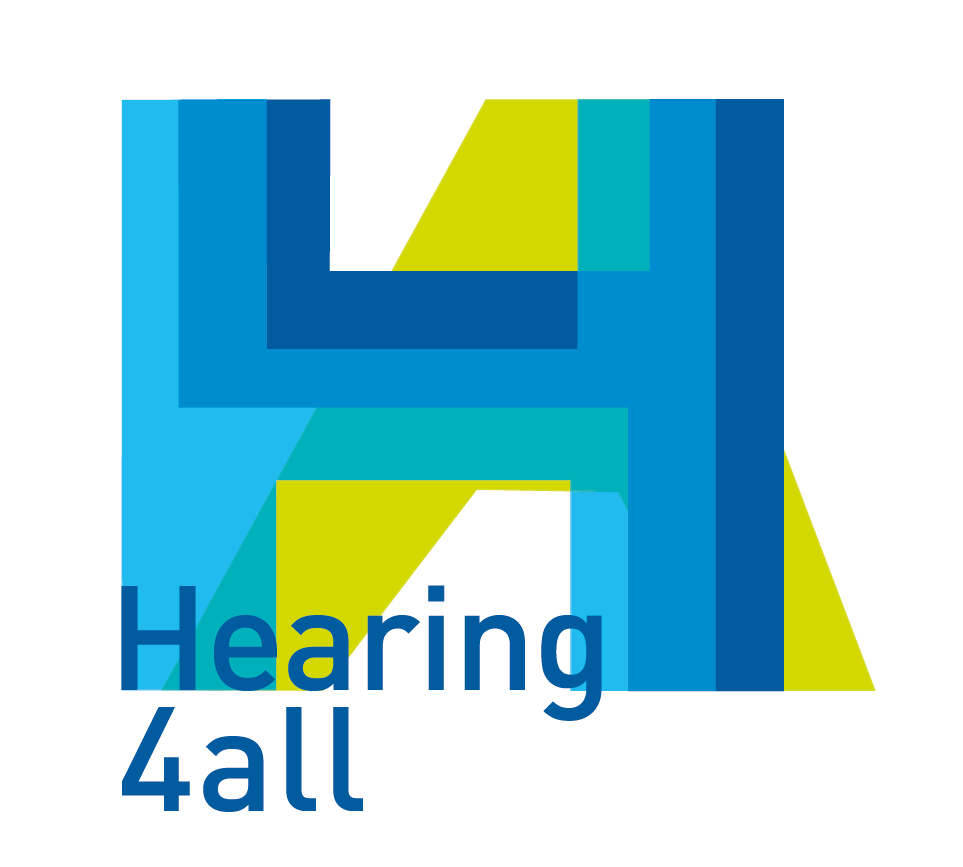Assessment of spectral ripple discrimination in cochlear implant users: the untold story
INTRODUCTION
In Ireland, following the introduction of the new born hearing screening programme in 2014, deaf children can have access to sound via bilateral CIs from as young as one year of age. Therefore, there is an increasing need for objective non-linguistic methods to asses CI performance.
Previously, we developed a novel method to acquire cortical auditory evoked potentials (CAEPs) from CI users, significantly minimizing the effect of the electrical artefact. This opened the possibility to implement non-linguistic spectra ripple discrimination (SRD) assessment in an objective manner by contrasting the CAEP response to inverse ripple stimuli.
Here, we evaluate newly implanted CI users, longitudinally, and demonstrate the clinical applicability of objective non-linguistic assessment of SRD as well as the relative time course of the development of SRD abilities, and speech perception. This provides great potential for objective screening and customisation of CI devices across ages of the population, which to date has not been possible.
MATERIALS AND METHODS
Nine adult CI users attended seven research sessions, during their first year of rehabilitation. Behavioural SRD thresholds were measured using a two-alternative forced-choice paradigm. Speech perception in quiet and talker-babble noise (10dB SNR and 5dB SNR) was measured using AzBio sentences. Neural SRD was measured in response to spectrally rippled broadband noise at 0.25, 0.5, 1 and 2 ripples per octave. Stimuli were presented unilaterally, at most comfortable level, via the auxiliary input of the speech processor.
RESULTS
Repeated measures ANOVA indicates that there is a significant time effect in the evolution of SRD (F(7,56)=6.65, p-value<0.01) and speech perception in quiet and in noise at 10dB SNR (F(7,16.21)=4.45, p-value<0.01; F(6,55.82)=3.16, p-value<0.01). Post-hoc tests using the Bonferroni correction revealed that there is a statistically significant increase in SRD abilities two months after implantation onwards, see Figure 1A. Pearson’s correlation analysis revealed that SRD at one week after switch on correlates with speech perception in quiet (r=0.878, p-value=0.002) and in noise at 10dB SNR (r=0.707, p-value=0.05) up to nine months, see Figure 1B. Preliminary analysis of CEP responses suggests changes in morphology and latencies over time.
DISCUSSION
This study demonstrates that longitudinal assessment of SRD can be used in the clinic to assess CI performance and predict speech perception abilities after one week from implant switch-on.
An objective non-linguistic assessment like the one presented here may have a great impact on the assessment of CI performance in young children where behavioural testing is unreliable.
Warning: Use of undefined constant s - assumed 's' (this will throw an Error in a future version of PHP) in /home/spinnluxnr/www/2017/pages/programme.php on line 208


